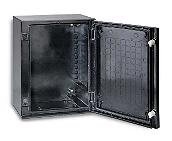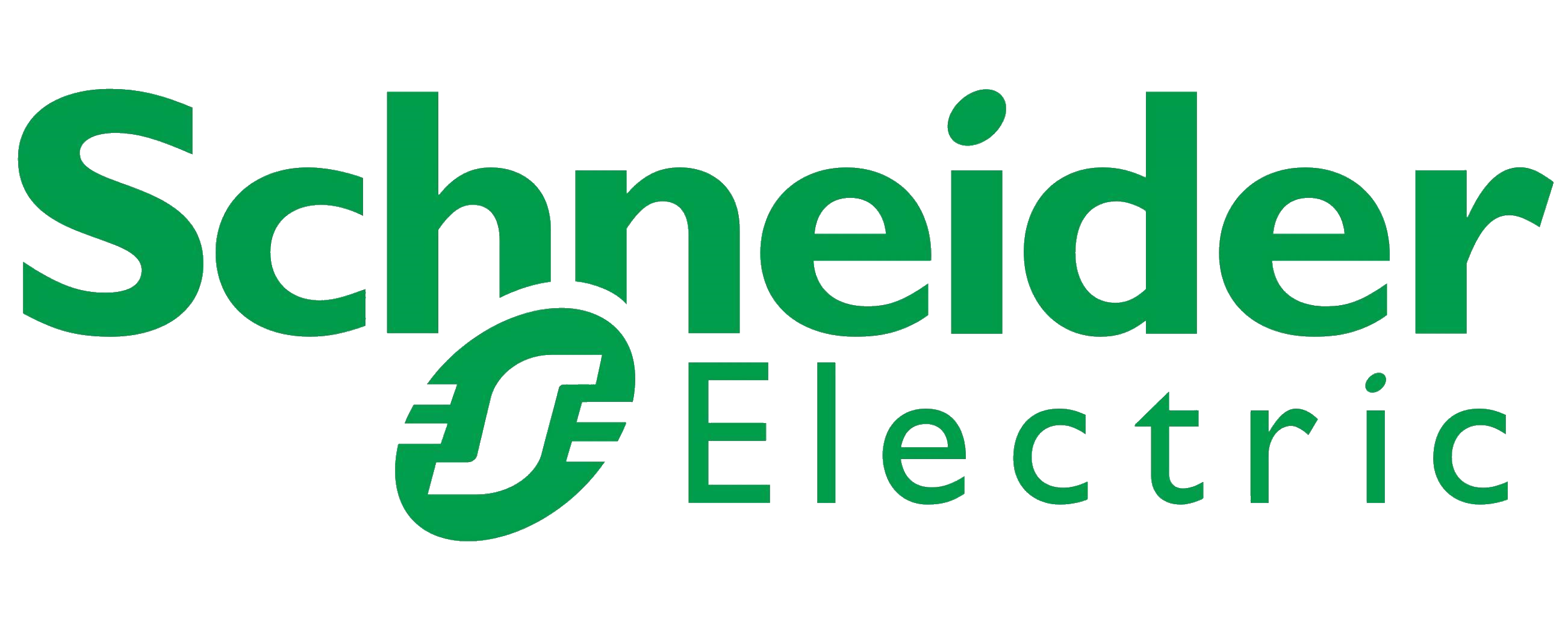Assessing enclosures suitable for hazardous areas throws up a unique range of considerations. Specifiers involved in these types of installations must not only consider the enclosure material but the entire system. Even if all components, including the enclosure itself are ATEX approved, once they are all put together the system must also be certified to be compliant. Adrian Walker from Schneider Electric looks at the main facts:

The ATEX directives were put in place to ensure that employees and product manufacturers have guidance on working safely in potentially explosive atmospheres. Areas that are potentially explosive, through the possible mixing of gas, vapour or dust with the air, are called 'Hazardous Areas'. Hazardous areas are defined in the UK Dangerous Substances and Explosive Atmospheres Regulations 2002 (DSEAR) as 'any place in which an explosive atmosphere may occur in quantities such as to require special precautions to protect the safety of workers'.
Electrical products specified for use in hazardous areas must be designed and built in such a way they do not create an ignition source.
Products can be classified in terms of suitability for specific 'zones' of relative risk. In relation to gases and vapours, Zone 0 is where an explosive atmosphere is continuously present, Zone 1 covers where an explosive atmosphere is likely to occur in normal operation, while Zone 2 refers to an area where an explosive atmosphere is infrequent.
For combustible dusts, the Zones are slightly different - Zone 20 indicates an area where there is enough combustible dust to produce an explosive mixture with air at any time, Zone 21 shows a cloud of dust is occasionally present, while Zone 22 states the dust is present infrequently.
When an enclosure is being installed in a potentially hazardous area, there are a number of important points relating to the enclosure and application type that need to be remembered and questioned: Which zone is the enclosure going into and what ambient temperature is going to be required? In control panel applications the differing zone requirements need to be checked and in terminal box applications the terminal size, quantity and wattage rating of the circuit also need to be determined, to accurately assess which products should be installed.
When all the above is considered, the choice of enclosure will also be influenced by the flexibility of the component schedule. For example the range of certified devices available, scope of terminals and temperature capability of the enclosure.
It is vital the enclosure certificate has background intelligence to provide the maximum flexibility for the installer. This includes the gland entry provision, earth plate consideration and a wide range of certified devices capable of being installed within the box.
The choice of Glass Fibre Polyester (GRP) in many ATEX applications is made for electrical safety. The carbon filled, GRP gives excellent mechanical and chemical resistance, while meeting the surface resistance tests required for static dissipation. The material provides easy machining and assembly, cost effective manufacture of the box and high IP ratings. The significant electrical advantages over metal gives the GRP solution a major head start in areas of touch and step potential as no earthing is required.
Today's application engineers are looking to find the most flexible, cost effective solution to meet their requirements. In order to achieve this companies like Schneider Electric are working with ATEX approved partners like MGB Electrical, to offer ATEX approved enclosures and a variety of integrated solutions for hazardous areas incorporating a wide range of sizes and therefore thermal capabilities, coupled with the maximum number of control and interface products.
FAQs:
Specifying enclosures in hazardous areas can be a confusing issue but very often the same subjects cause confusion:
- Are enclosures fire proof? The simple fact is that all GRP enclosures are self-extinguishing. The test NFT51071 shows the oxygen index is 24.4 and hot wire test to 960 deg.
- Can I drill the box? Yes you can drill the box, but it must be drilled in accordance with the drilling matrix that is supplied as part of the certificate adhering to the design rules stipulated from the impact testing. If drilling is not within the accordance of the matrix the ATEX certification becomes invalid. In addition the drilling must also be in line with the gland manufacturer's instructions.
- Are the enclosures suitable for dust? Yes covering Zones 21 and 22.
- Why are they black, can I use a grey enclosure instead? Everything about ATEX approved enclosures is there for a purpose even the colour, the black carbon material is present in the GRP to reduce the static resistivity for ATEX applications - so, no, grey ones can't be used instead.
- Can I mount HMIs in the front door? Yes but only for Category 3 regulations ( Zones 2 & 22 environments, lowest risk area and requires only an IP5X rated enclosure)
- Are the enclosures suitable for Intrinsically Safe applications? Yes providing all circuits, glands and terminals are marked as blue intrinsically safe circuits.
